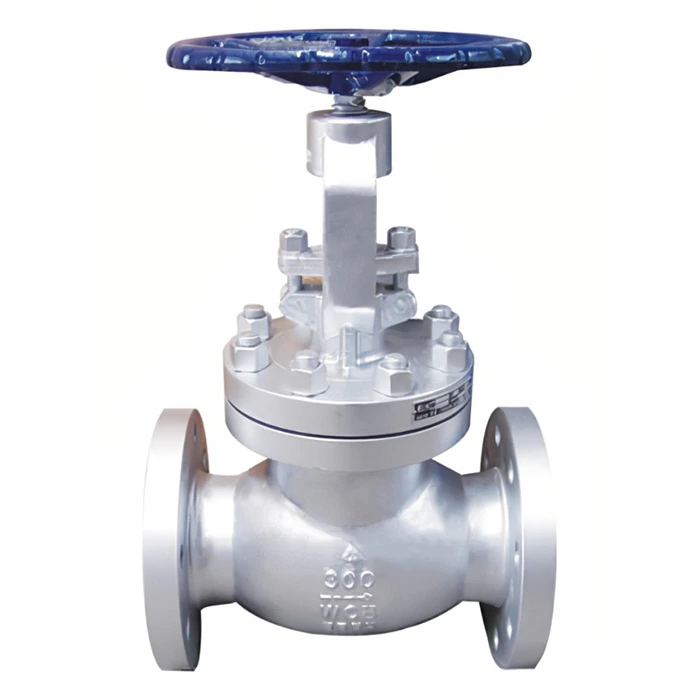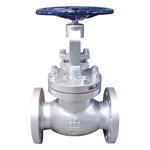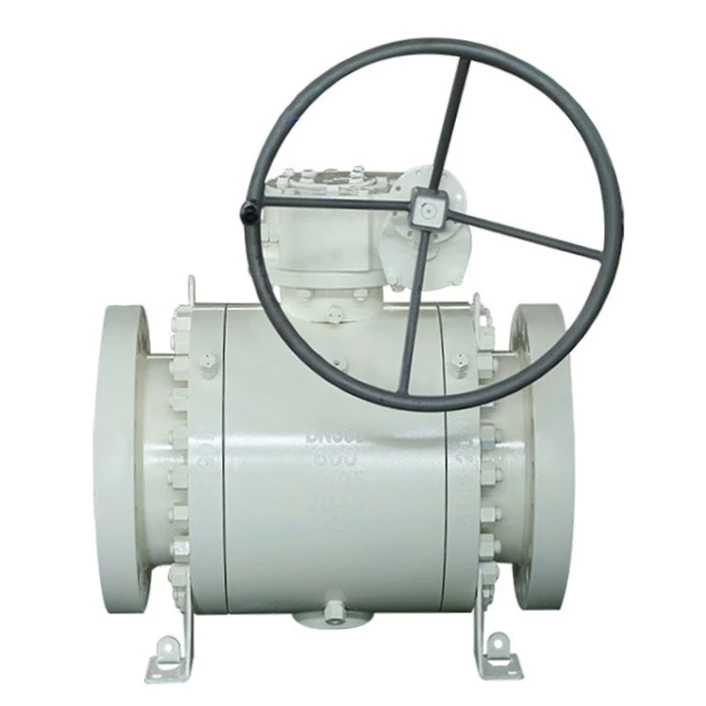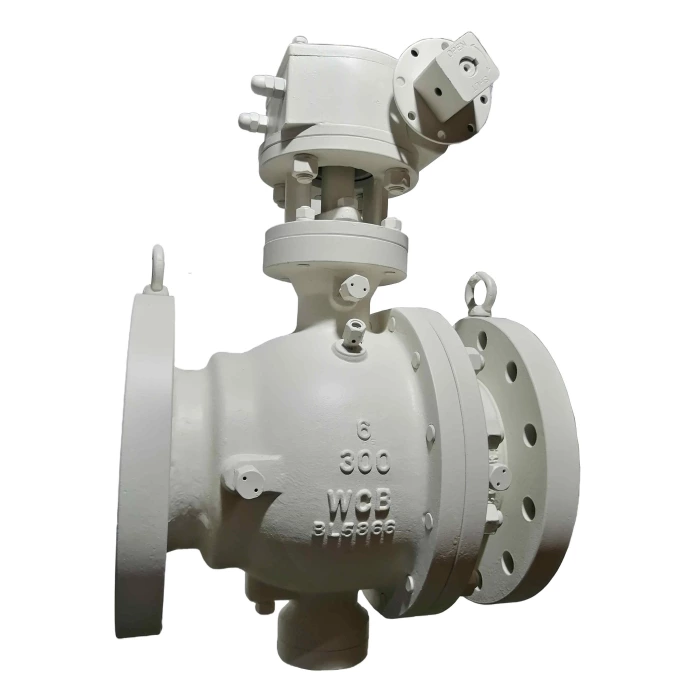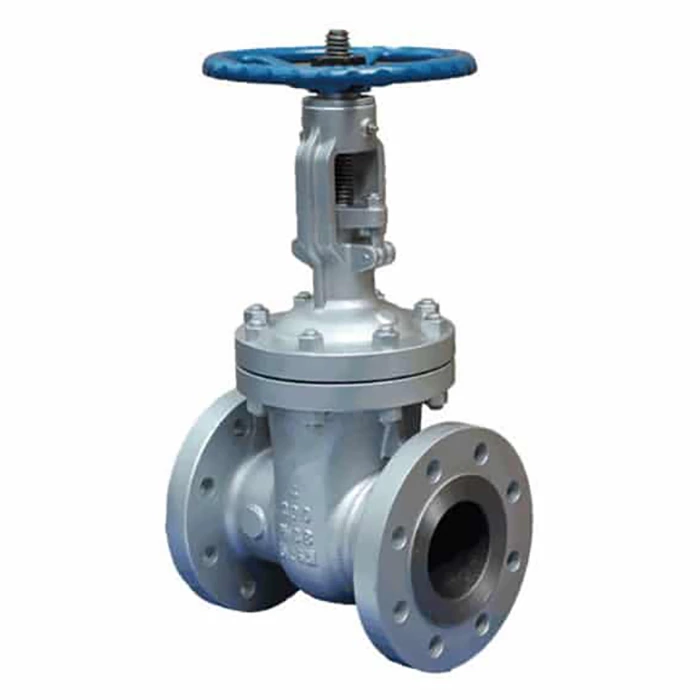API 623 Globe Valve
API 623 globe valves: globe valves with rising stem, bolted bonnet, and pressure seal bonnet steel designed for high-temperature and high-pressure applications in the oil and gas, petrochemical, and power industries
- Valve Type
- Globe Valve
- Standard
- API 623
- Design Feature
- Rising Stem
- Unit Price
- $60-23000
1. Scope & Valve Types
- Application: Designed for throttling, regulating, or isolating flow in pipelines handling steam, oil, gas, or corrosive fluids.
- Valve Types:
- Straight-Pattern: Standard design for precise flow control.
- Angle-Pattern: Redirects flow by 90°, reducing pipe stress.
- Y-Pattern: Low-pressure drop design for high-flow systems.
- Design Focus: Emphasizes tight shutoff, durability, and compliance with API standards for refinery and pipeline use.
2. Size & Pressure Ratings
- Size Range: Typically NPS ½" to 24" (DN 15 to DN 600), depending on design.
- Pressure Classes:
- ASME B16.34 Classes: 150, 300, 600, 900, 1500, 2500.
- Pressure ratings align with ASME B16.34 for temperature derating.
3. Materials
- Body/Bonnet:
- Carbon steel (ASTM A216 WCB, WCC), stainless steel (ASTM A351 CF8/CF8M), alloy steel (ASTM A217 WC6/WC9).
- Optional materials for sour service (e.g., NACE MR0175/ISO 15156 compliance).
- Trim Components:
- Disc/Seat: Hard-faced alloys (e.g., Stellite 6, 316 SS), tungsten carbide, or erosion-resistant coatings.
- Stem: Stainless steel (A182 F6a/F304/F316) with anti-galling properties.
- Gaskets: Spiral-wound (stainless steel + graphite), RTJ, or flexible graphite.
4. Design Features
- Bonnet Connection:
- Bolted Bonnet: Standard for lower-pressure classes (Class 150–600).
- Pressure Seal Bonnet: For high-pressure classes (Class 900–2500).
- Stem Design: Rising stem with visible position indicator or non-rising stem for compact spaces.
- End Connections:
- Flanged (ASME B16.5/B16.47), butt-weld (ASME B16.25), or socket weld.
- Face-to-Face Dimensions: Compliant with ASME B16.10.
- Sealing: Metal-to-metal seating for high-temperature resilience or soft seats (PTFE/elastomers) for bubble-tight shutoff.
5. Testing & Certification
- Shell Test: 1.5x rated pressure to verify body integrity (per API 598).
- Seat Test: 1.1x rated pressure to ensure zero leakage (API 598 leakage rates, typically Class IV or VI).
- Fire Safety: Optional fire-tested design per API 607/ISO 10497.
- Certification: API Monogram marking and compliance with API 623, with optional NACE, PED, or CE certification.
6. Pressure-Temperature Ratings
- Rated per ASME B16.34 tables, correlating material grades with temperature limits.
- Example: Carbon steel (WCB) at Class 150 has a max working pressure of 290 psi at 100°F.
7. Marking & Identification
- Mandatory Markings:
- API 623 standard, size (NPS), pressure class, material grade, manufacturer’s name.
- Heat number, casting mark, flow direction arrow, and API Monogram (if certified).
8. Applications
- Typical Uses:
- Refinery and pipeline isolation.
- Steam systems (power plants, boilers).
- High-pressure gas injection or chemical processing.
9. Key Advantages
- Precise Flow Control: Linear motion of the disc enables accurate throttling.
- Robust Construction: Designed for extreme pressure, temperature, and corrosive environments.
- Interchangeability: Compliant with global piping standards (ASME/API/ISO).
10. Referenced Standards
- Design: API 623, ASME B16.34 (pressure-temperature).
- Testing: API 598 (valve inspection/testing).
- Materials: ASTM standards for steel grades.
Leave Us Your Info
Could you please kindly fulfill the following information when enquiring:
Valve type (ball, gate, globe, check etc.), valve size, pressure class, valve material, and end connection (flanged, butt welding etc.)
